 WMTS Für Biz-geo
WMTS Für Biz-geo
 MARCO BERNASOCCHI
MARCO BERNASOCCHI - QGIS on android
MATTHIAS KUHN - QGIS core committer
Developers, Consultants and Teachers for C++, Python, Web, QGIS, Android, ...
We
l[i|o]ve open source.
Reuse and edit this presentation on
githubPlease do ask questions
Now let's get started
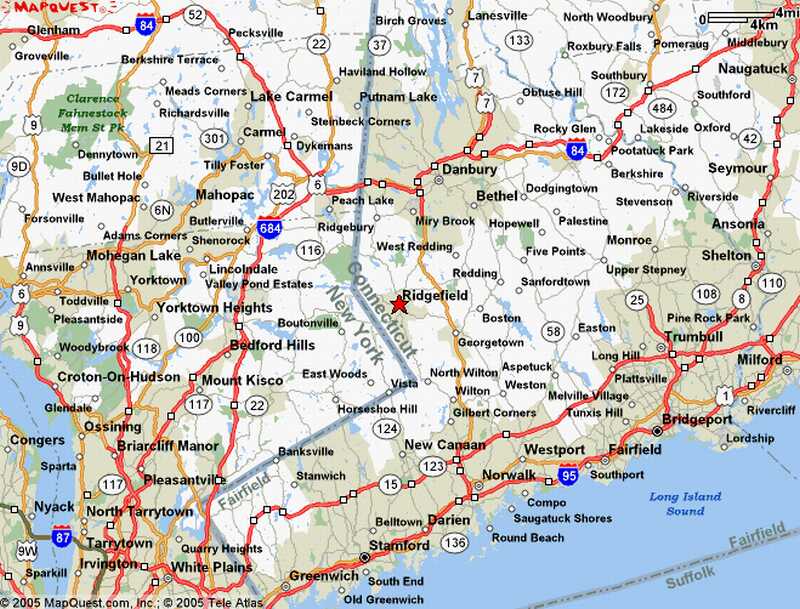
In 1996, Mapquest launched its web service.
 ta da!
ta da!Directions! Online! Revolutionary!
The problem: it was slow to load :(
MapQuest required a full page refresh to scroll or zoom, and was always aligned to tile boundaries.
Google Maps really paved the way for online mapping, beginning in 2005.
But what was the revolution?
Was it the interface?
The red marker?
The weather widget?
No!
It was the
tile. 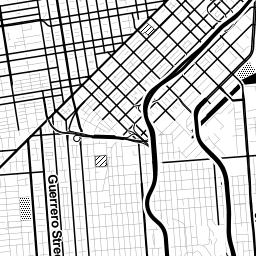
Let's talk about tiles for a minute.
All tiles = same size!
256x256 pixels
same boundaries
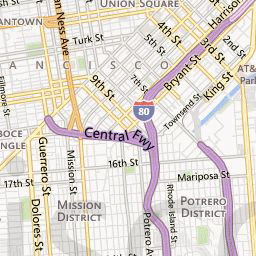
Tiles could be a road map, a satellite image, or anything else that's a raster!

All these little tiles load
way faster than one big map.
Web maps like this load the tiles that are on your screen. If the map is smart, it will pre-load tiles outside of the screen, along the top, bottom, left, and right.
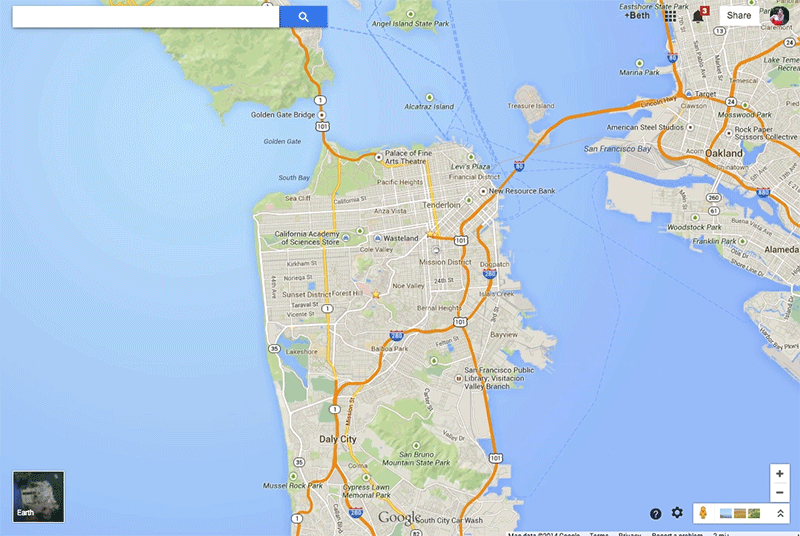
This kind of map is colloquially called a
slippy mapEach zoom level has its own set of tiles!
 Zoom level 0: one tile for the world.
Zoom level 0: one tile for the world.With each additional zoom level, the number of tiles increases exponentially.
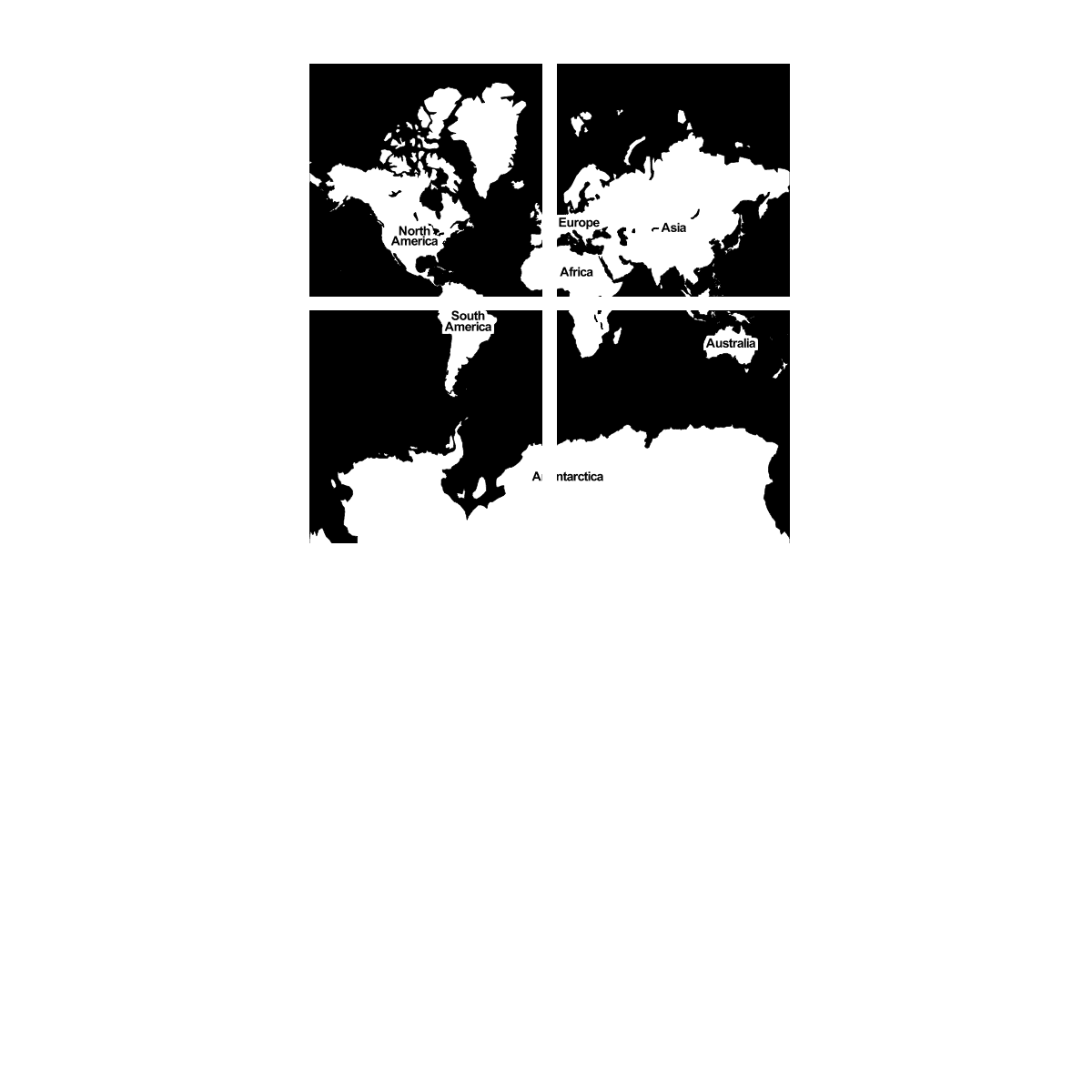 Zoom level 1: 4 tiles for the world.
Zoom level 1: 4 tiles for the world.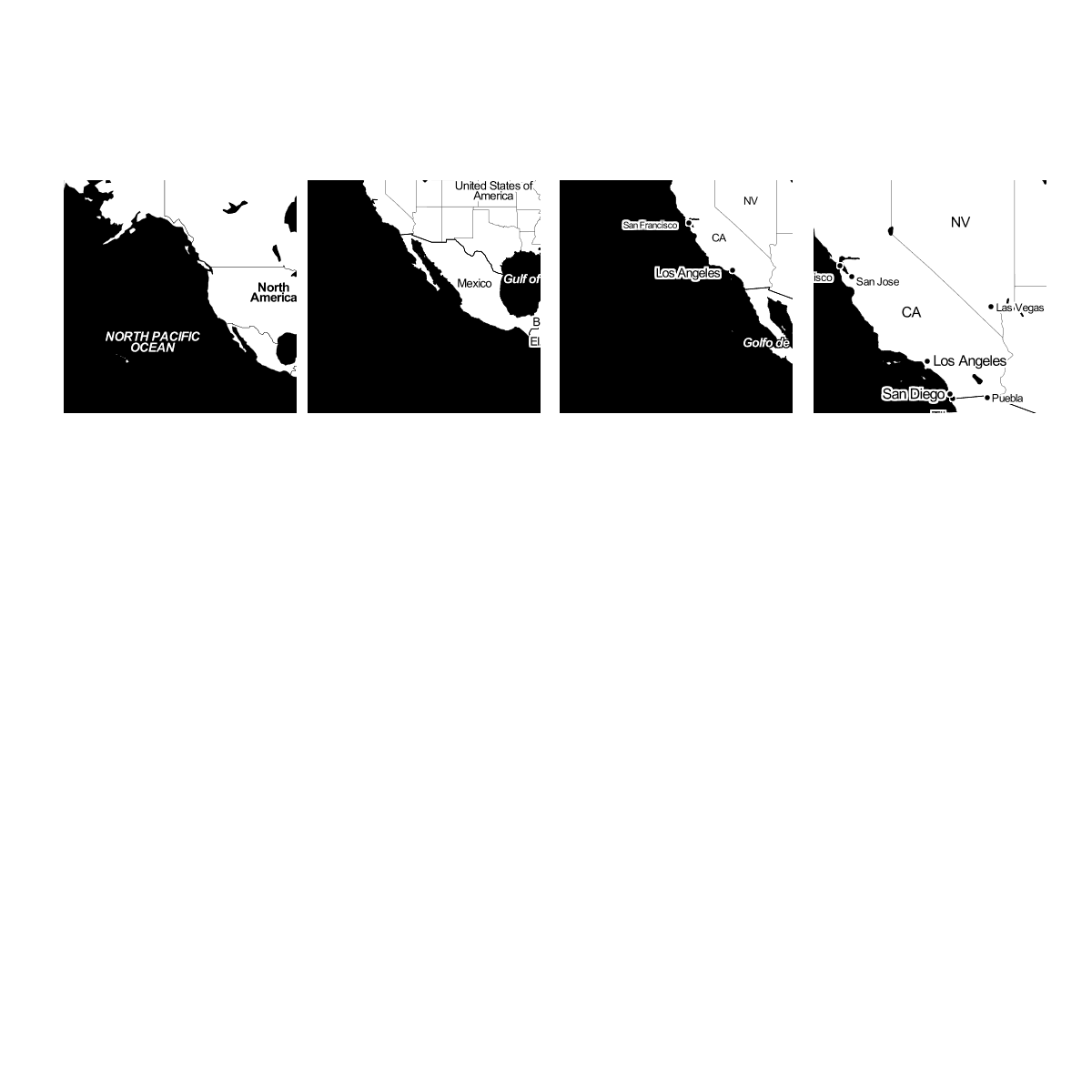 Zoom level 2, 3, 4, 5
Zoom level 2, 3, 4, 5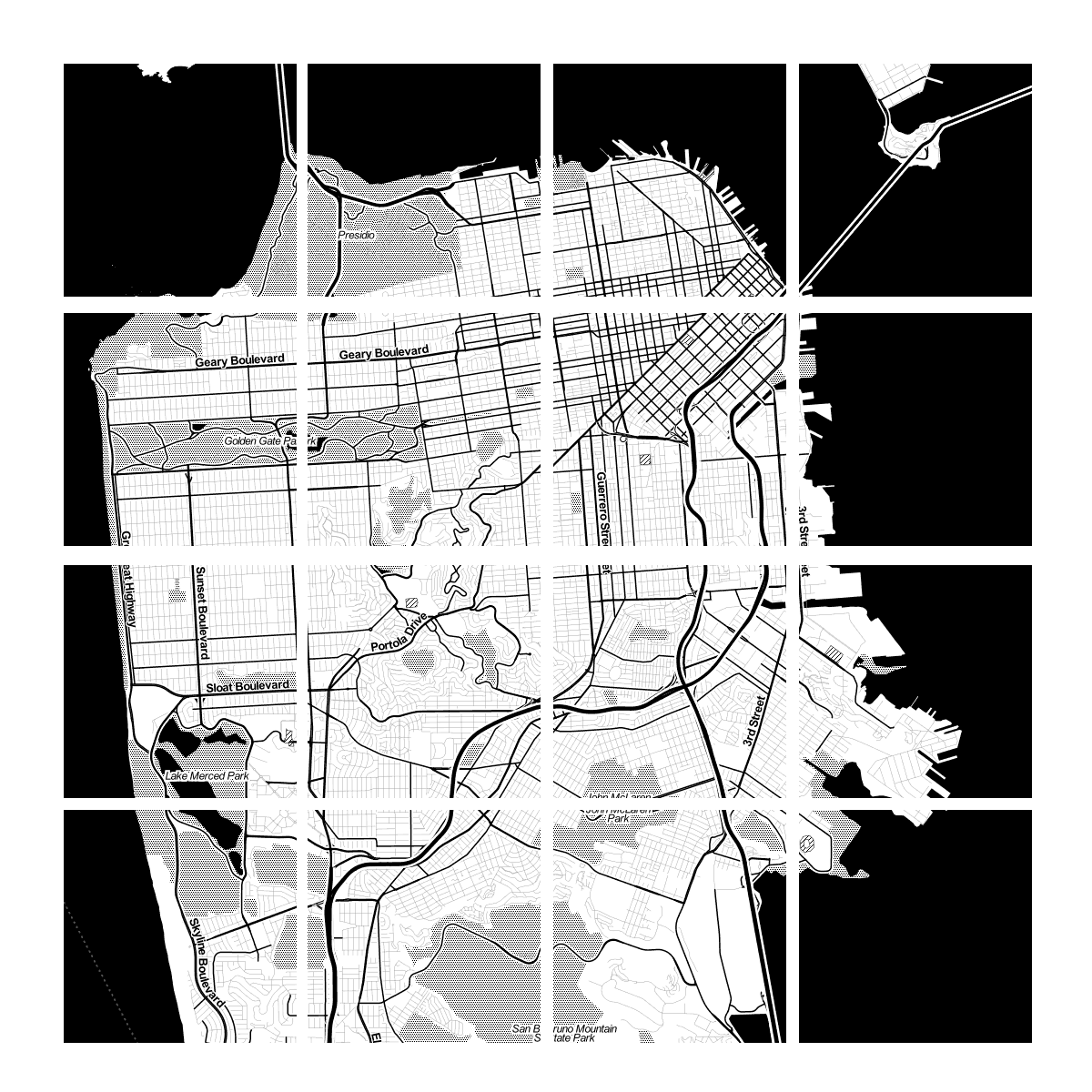 Zoom level 13
Zoom level 13Tiles are rendered in advance (usually) then stored in a cache
Map tiles are just images on the web, so you can link to them individually.
In order to understand how this works, let's break down the URL.
http://tile.openstreetmap.org/4/2/6.png --
Name of the tile server.
http://tile.openstreetmap.org/4/2/6.png --
Z value, or the zoom level.
http://tile.openstreetmap.org/4/2/6.png --
X/Y value, or the place in the grid where the tile lives.
Google maps use Mercator projection, which is designed for sailors BUT it works well for flat maps.
We'll see more map projections later...!
Anyway, most followed Google's lead, with tiles at the base.
Not surprisingly, a collection of raster tiles makes up what we call the map's base layer.
When we layer things like markers on top of them, we call those data layers or content layers or feature layers.
Here's the breakdown of how these pieces fit together:
Make sense?
Great!
Digression: what is GeoJSON again?
GeoJSON: geographic data format. (Contains spatial information.)
GeoJSON: extension of JSON, with a specific structure.
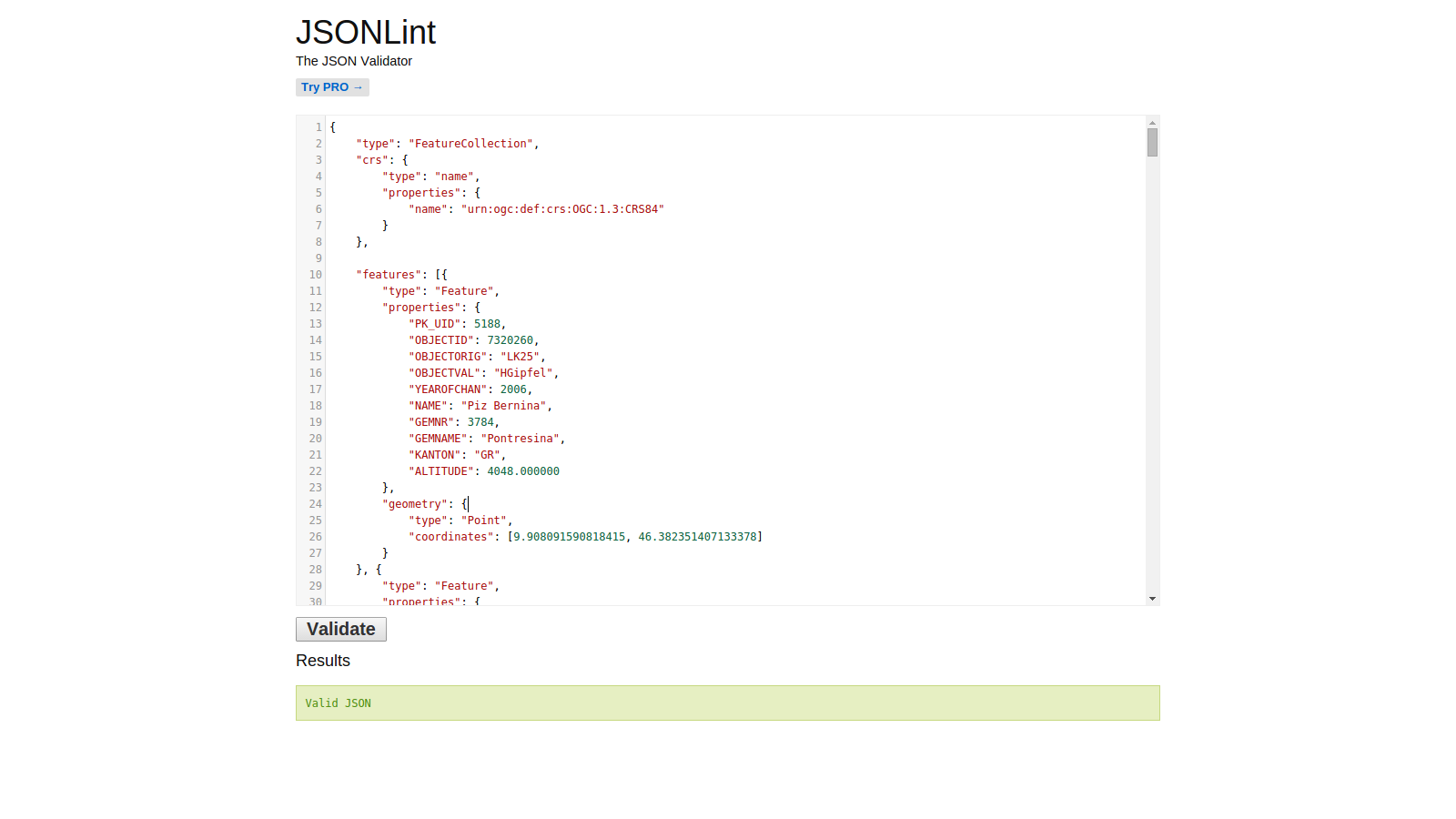 This is what it looks like
This is what it looks likeGeoJSON: has room for nested attribute information.
GeoJSON: loved by web mapping libraries.
Also, there's a cool tool for editing GeoJSONcalled geojson.io!
Digression: what is git?
git: distributed version control system.
git: allows for collaboration without totally screwing everything up.
git: super powerful.
Digression: what is GitHub?
GitHub: a home for lots and lots of code repositories.
GitHub: interacted with using git.
GitHub: provides easy-to-use tools and tutorials for using and learning git to collaborate on and contribute to projects.
/digression
/digression
/digression
Now we're ready to dive a little deeper into the whole web map anatomy!
What does the javascript library do? Grabs the tiles, adds content layer, handles interaction.
So.
Where do I start?
Do I need to make my own custom tiles?
OGC Standards recap
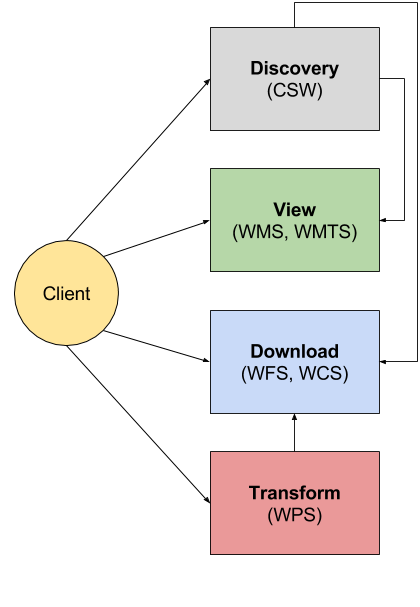
OGC Standards recap
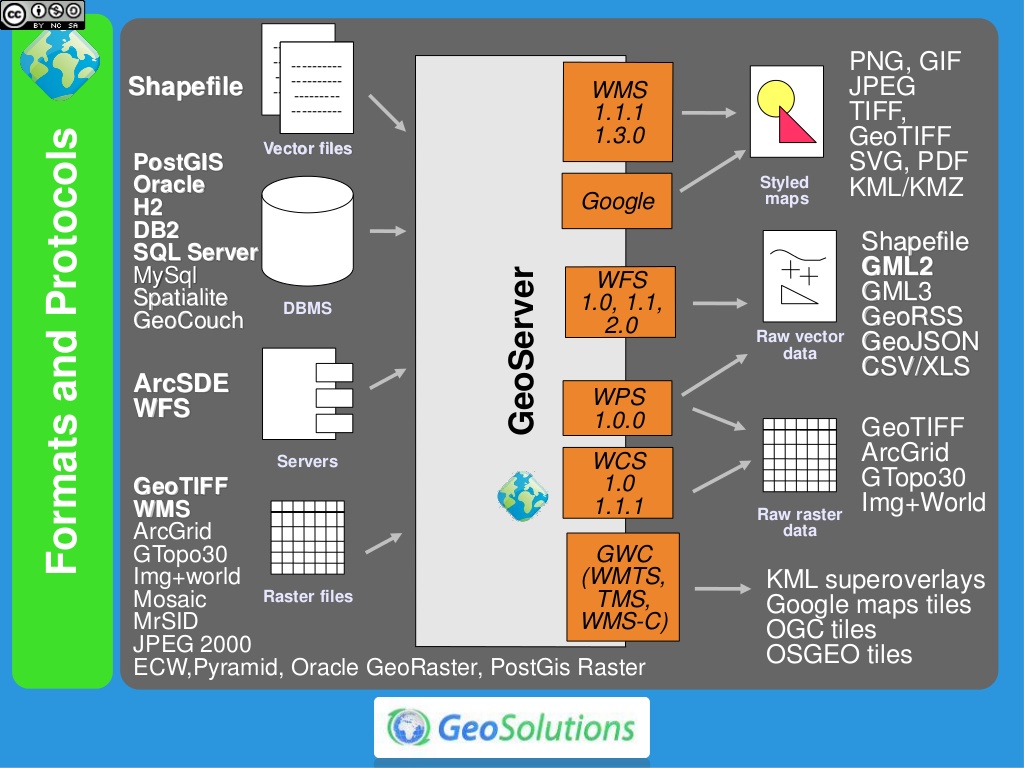
WM(T)S
standard protocol for serving pre-rendered georeferenced map (tiles) over the Internet
WM(T)S - GetCapabilities
returns parameters about the WMS and the available layers
WM(T)S - GetMap
returns a map image/tile.
TMS
specification for tiled web maps. Requires a URI structure which attempts to fulfill REST principles
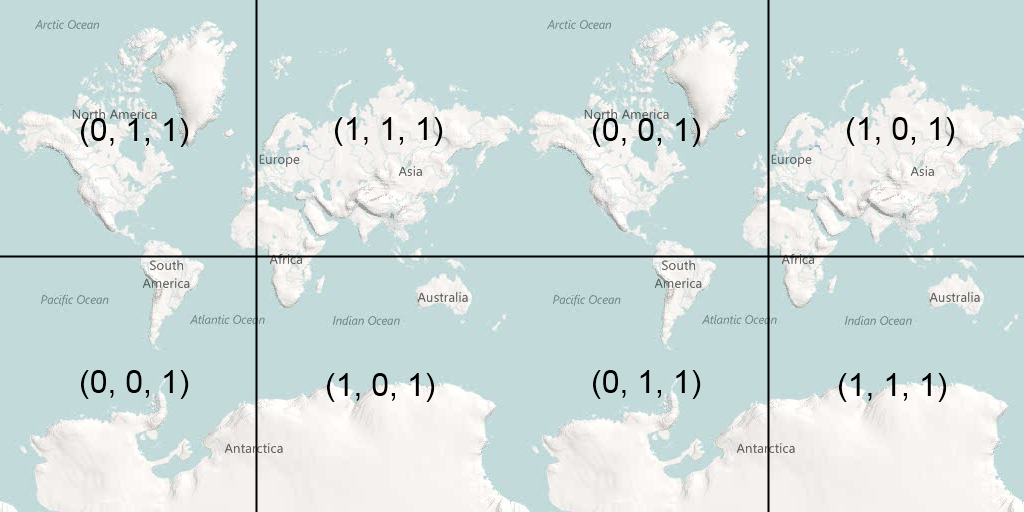 TMS vs XYZ (Google/Bing/OSM)
TMS vs XYZ (Google/Bing/OSM)Do I need to make my own custom tiles?
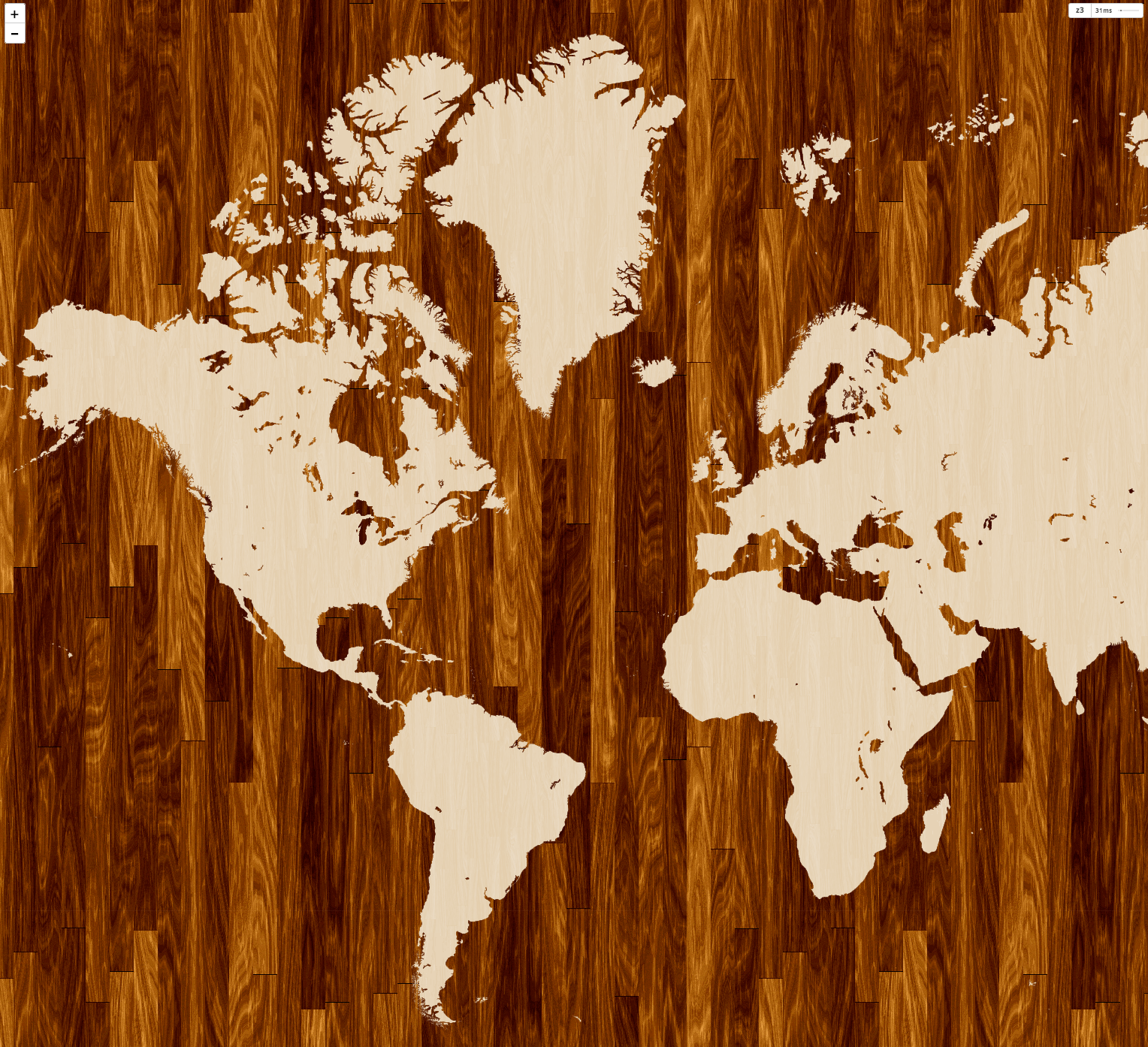 Pretty!
Pretty!You can host these files on
MapBox, or...
Do I need a content layer?
No? Put all your data into the tiles
Yes? Convert a Shapefile to GeoJSON with
OGR,
OGRE or write your own GeoJSON with
geojson.ioUsing QGIS? install QGIS2web plugin
 WMTS Für Biz-geo
WMTS Für Biz-geo WMTS Für Biz-geo
WMTS Für Biz-geo
 In 1996, Mapquest launched its web service.
In 1996, Mapquest launched its web service. ta da!
ta da!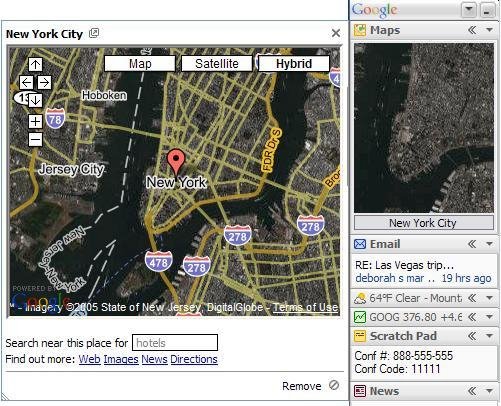


 All these little tiles load way faster than one big map.
All these little tiles load way faster than one big map. This kind of map is colloquially called a slippy map
This kind of map is colloquially called a slippy map Zoom level 0: one tile for the world.
Zoom level 0: one tile for the world. Zoom level 1: 4 tiles for the world.
Zoom level 1: 4 tiles for the world. Zoom level 2, 3, 4, 5
Zoom level 2, 3, 4, 5 Zoom level 13
Zoom level 13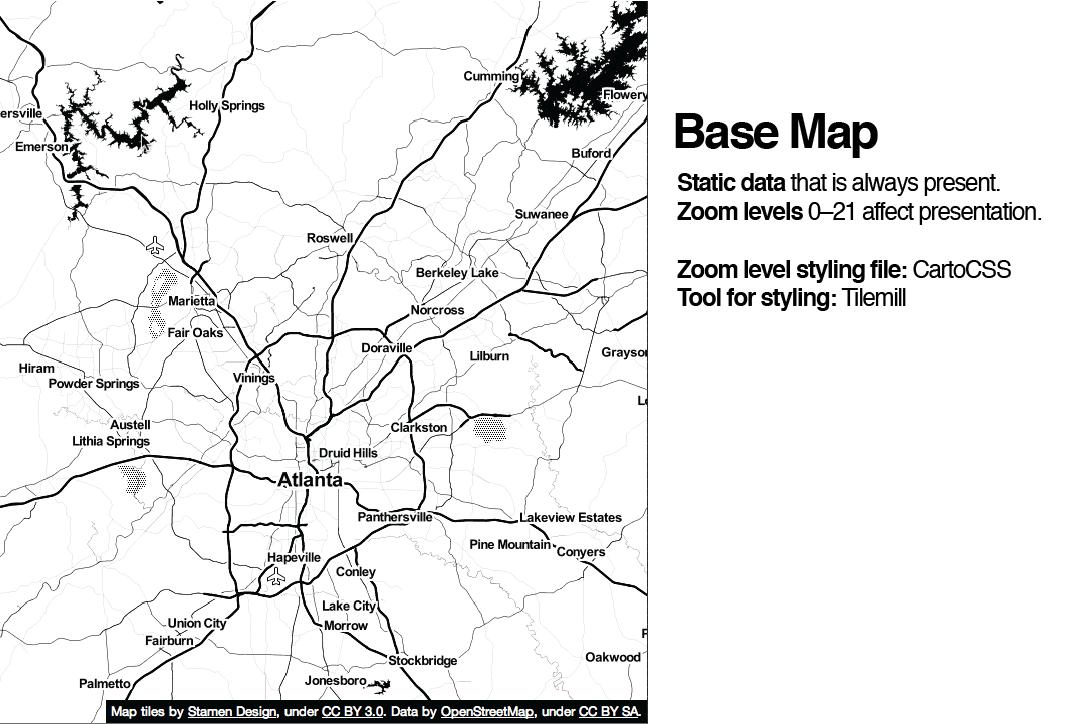
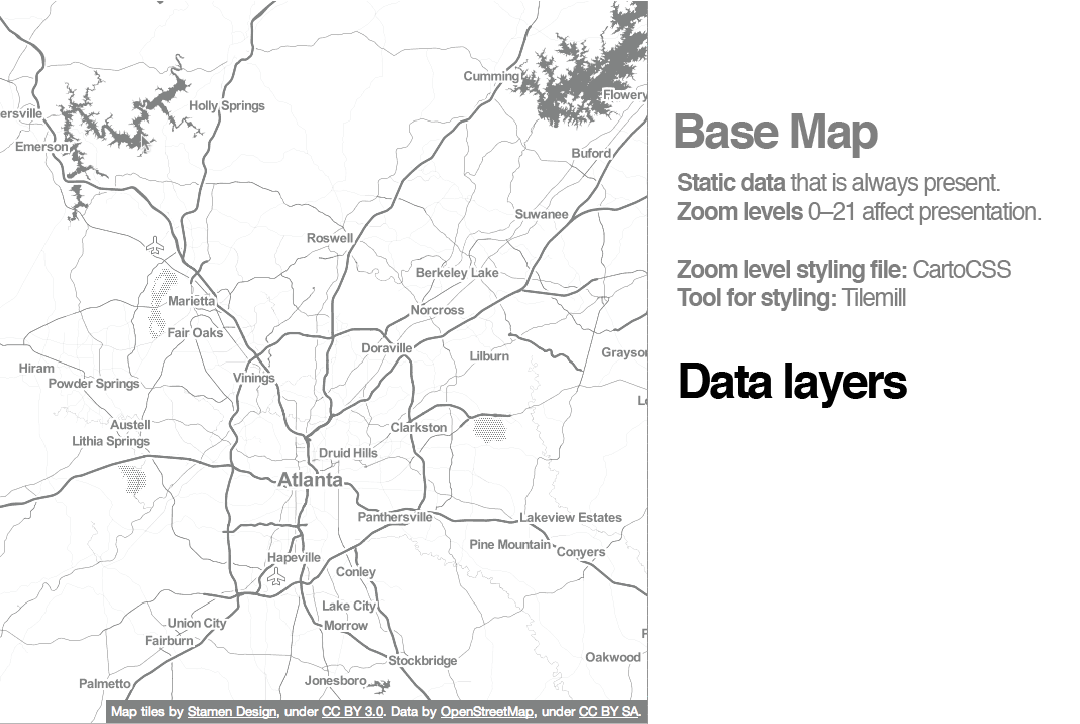
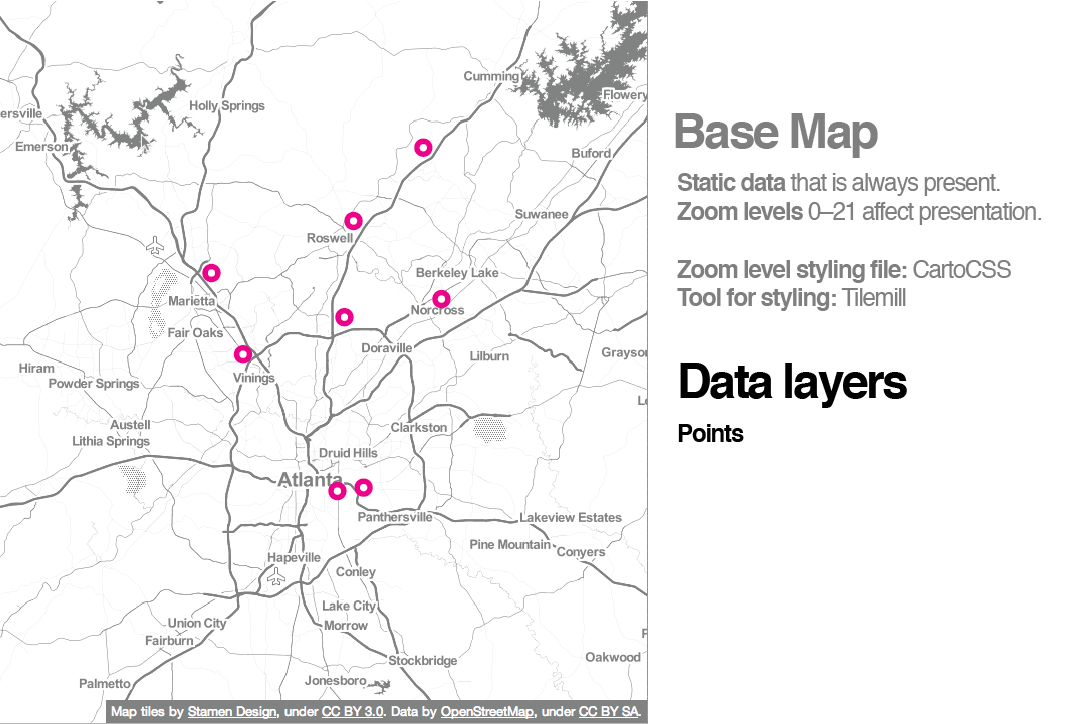

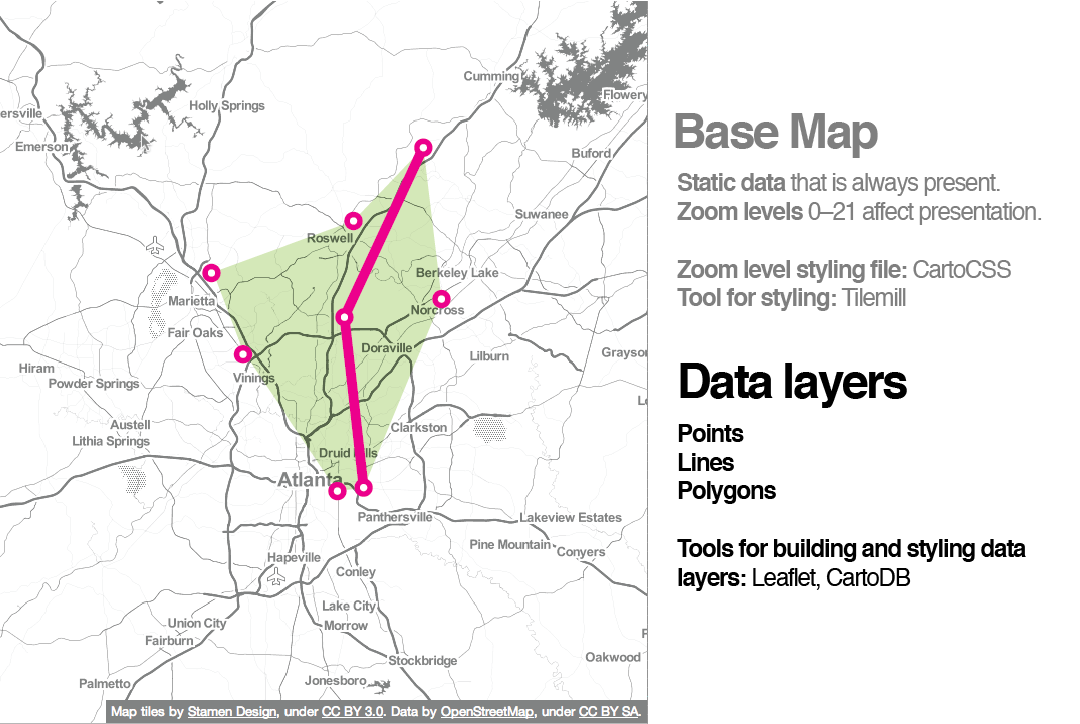

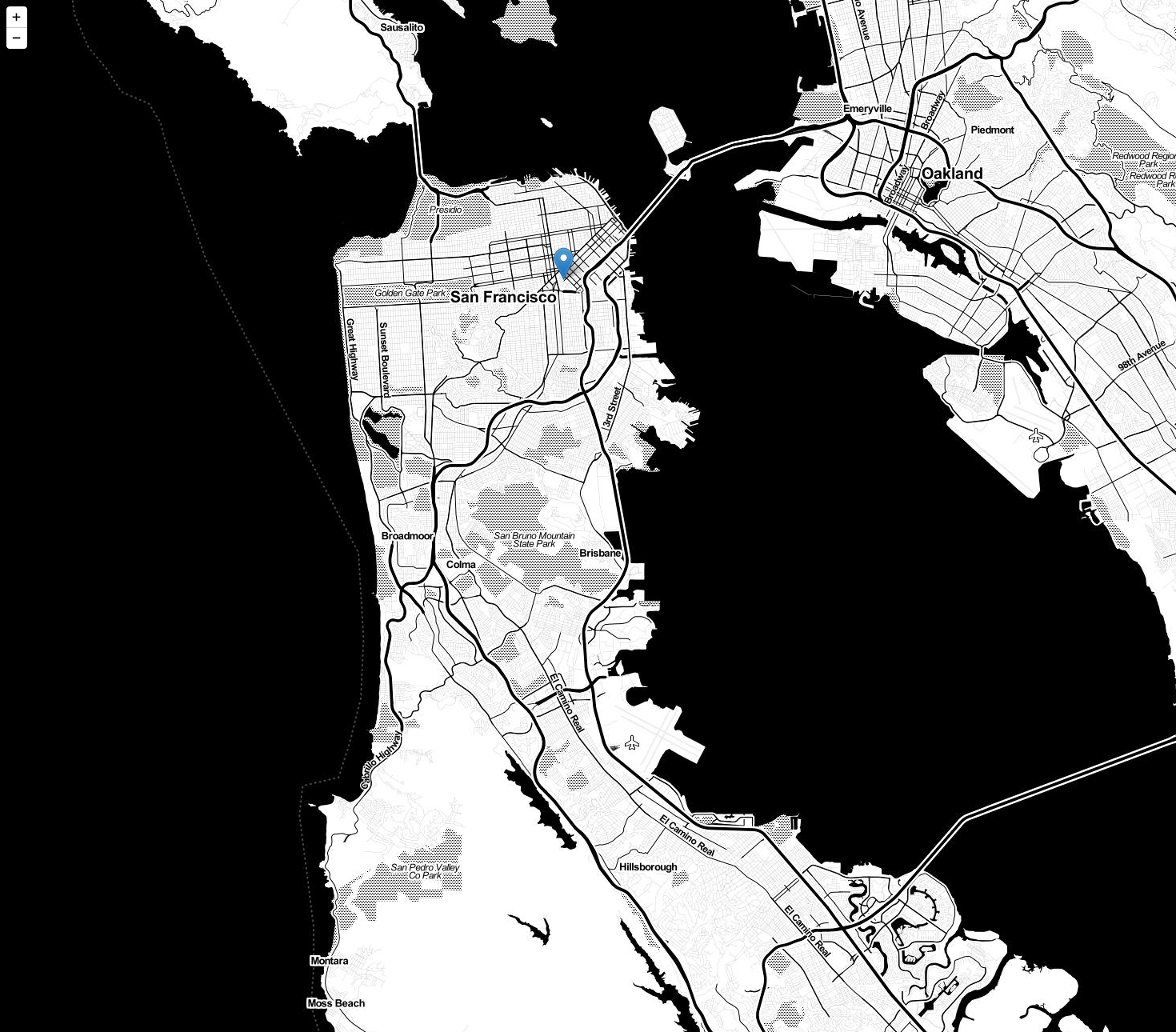 The simplest possible web map: bit.ly/1RS5Ewc
The simplest possible web map: bit.ly/1RS5Ewc
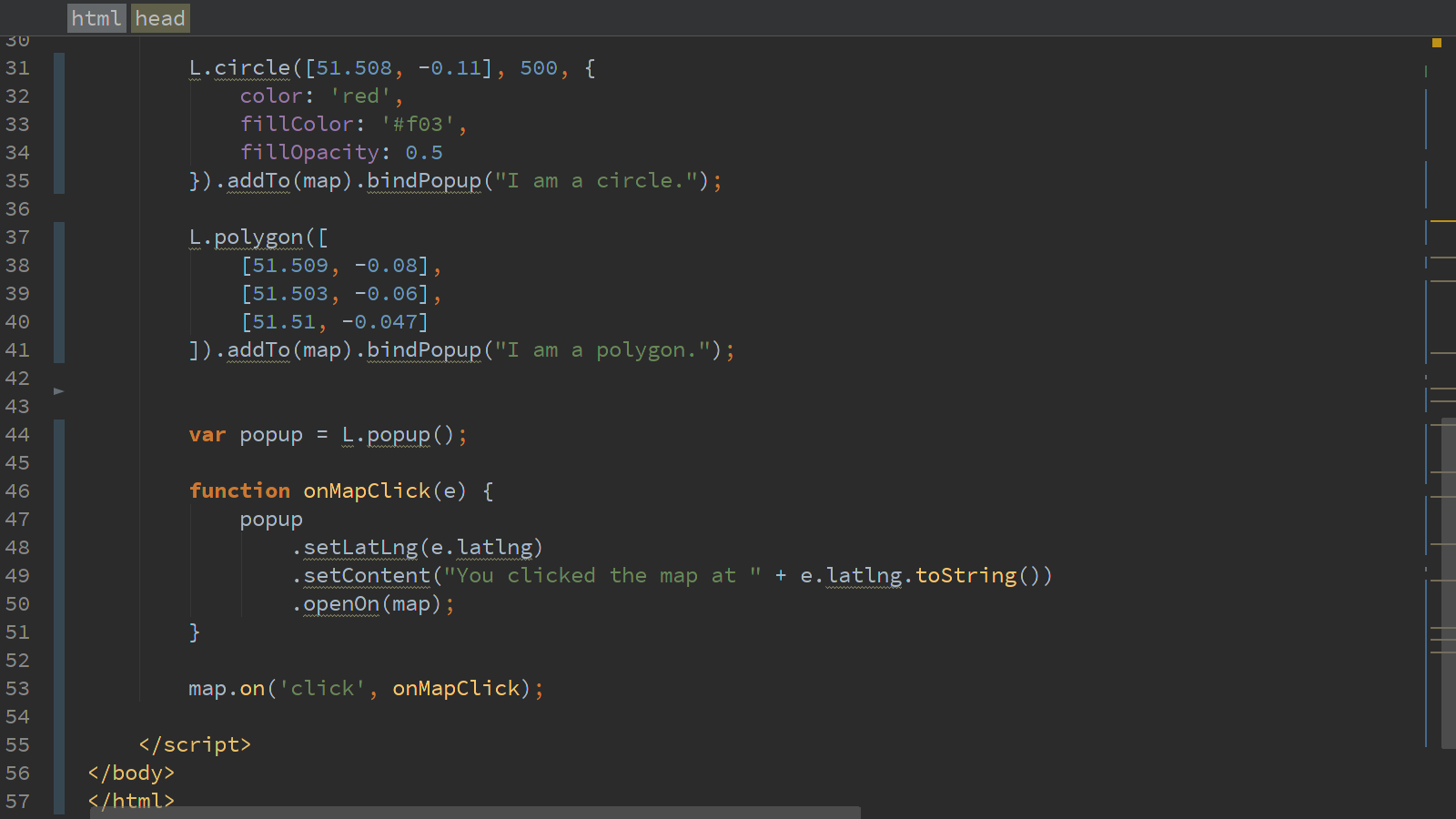
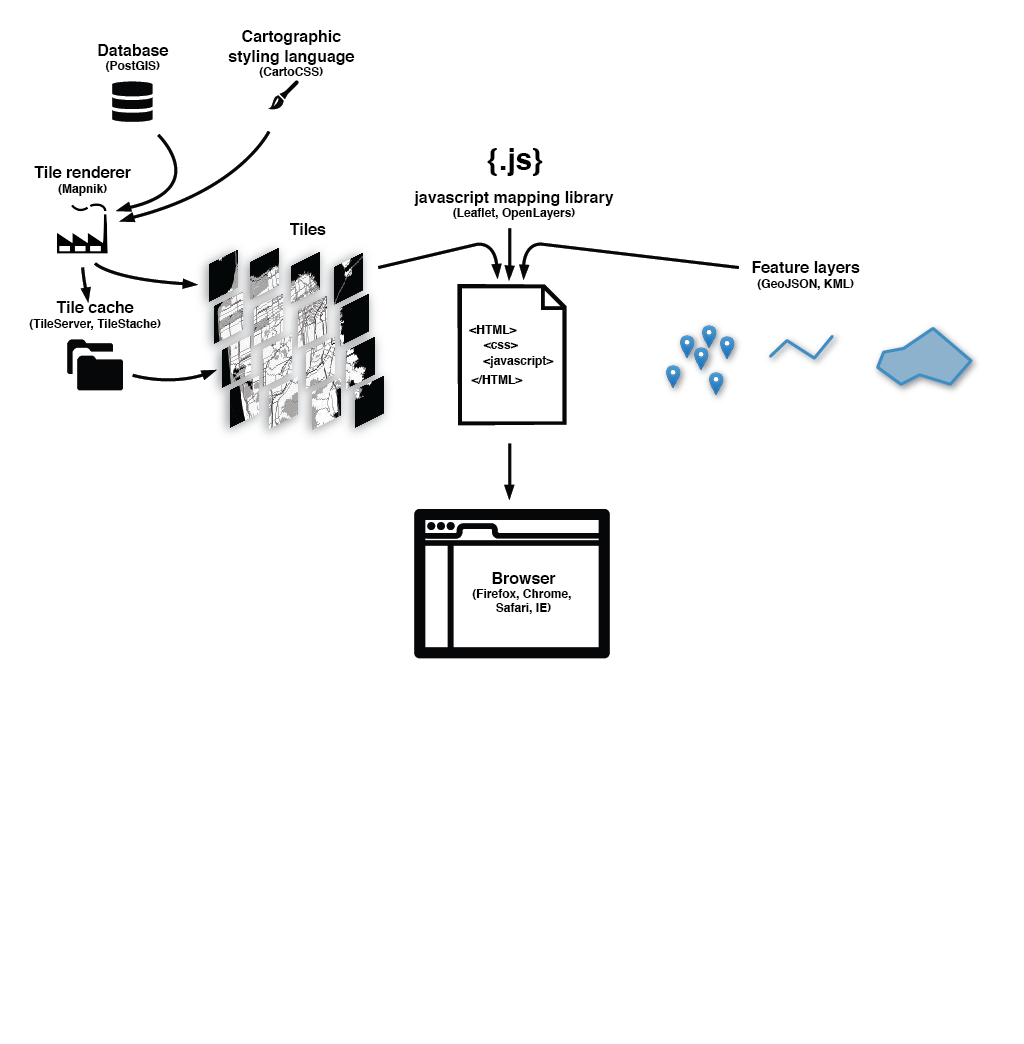




 Pretty!
Pretty!